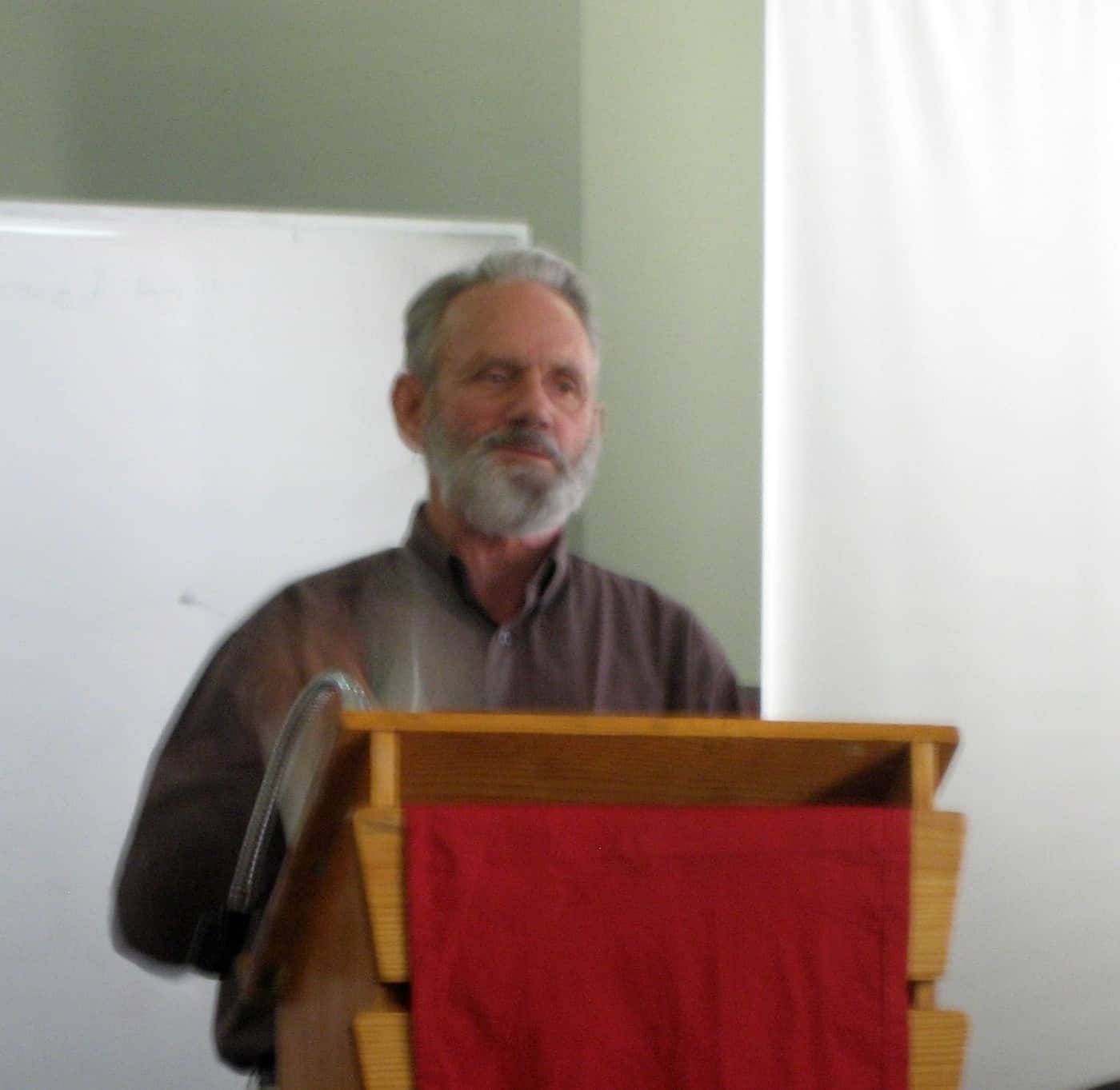Smoking in the workplace is increasingly banned in countries around the world. The mob of smokers in fire escapes and outside office building front doors are common occurences. There is no denying that smoking is hazardous but this established fact does not seem to help with the regular management challenge – smokers work less than non-smokers and non-smokers resent this.
A recent study of workplace smoking in over a dozen countries published in the online edition International Journal of Public Health illustrates the continuing struggle.
“The study also found that overall employees estimated spending an average of one hour per day smoking at work, but most employees (almost 70 percent) did not believe that smoking had a negative financial impact on their employer. However, about half of employers interviewed did believe that smoking had a negative financial impact on their organization.”
This people management issue often bleeds into the realm of the OHS manager as it is the health risks to the smokers and other workers than generated this division. Clearly these statistics show the problem persists.
The tension comes from non-smokers working a full shift when a non-smoker is permitted to work at the same tasks for the same pay but work one hour less. No companies have been able to solve this tension in any way other than encouraging smokers to quit smoking. It may be attractive to OHS managers to leave this issue to the HR managers to struggle with but when planning any anti-smoking programs, this tension needs to be anticipated by OHS professionals.
“Several previous studies indicate that despite the beliefs of smoking employees and some employers in our study, smoking does have a substantial negative impact on a business’ finances,” [Michael Halpern PhD of RTI International] said. “More research needs to be done to quantify the economic impacts of workplace smoking and educate both employers and employees on those effects.”
Halpern’s comments illustrate a major limitation to the thinking of researchers on this issue and other similar workplace matters. Workers’ health and compensation costs are rarely included in such surveys as business economics look at salary and time management issues yet business admits that worker health costs are part of the decision-making processes.
It is not that worker health costs are not quantifiable. There is plenty of premium data, insurance figures and public health costs to include in the calculations but largely this data is ignored. The researchers could take a two stage approach of, what they consider, primary labour costs with a mention of secondary health and compensation costs. It would be possible to say something like “labour costs equate to $xxx – a substantial business costs but if workers’ compensation costs are included, an even more startling picture emerges…”
OHS professionals know that their job is not really one of handling safety issues exclusively but of managing safety within the business context. To achieve this OHS professionals must be alert to all elements of business operation.






